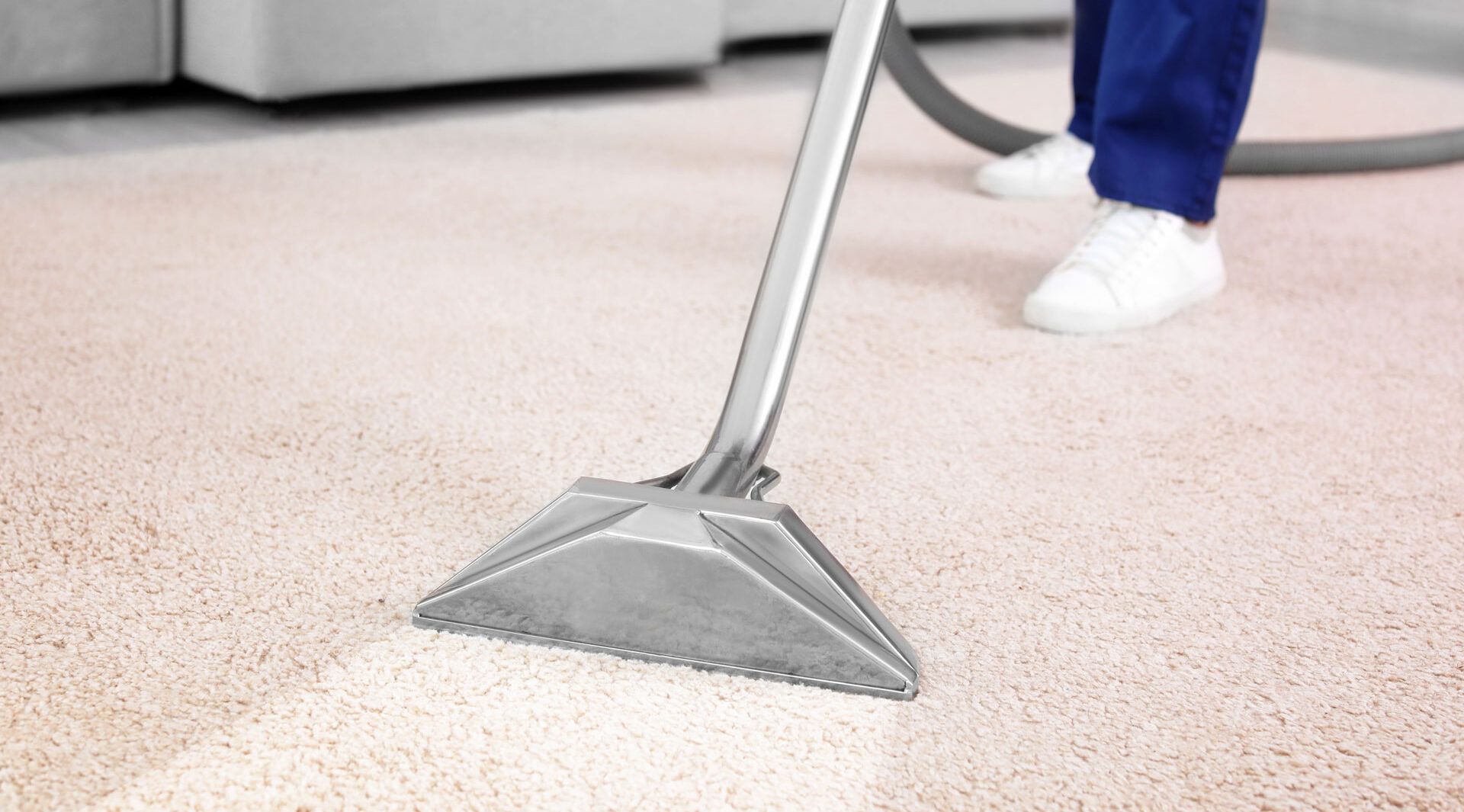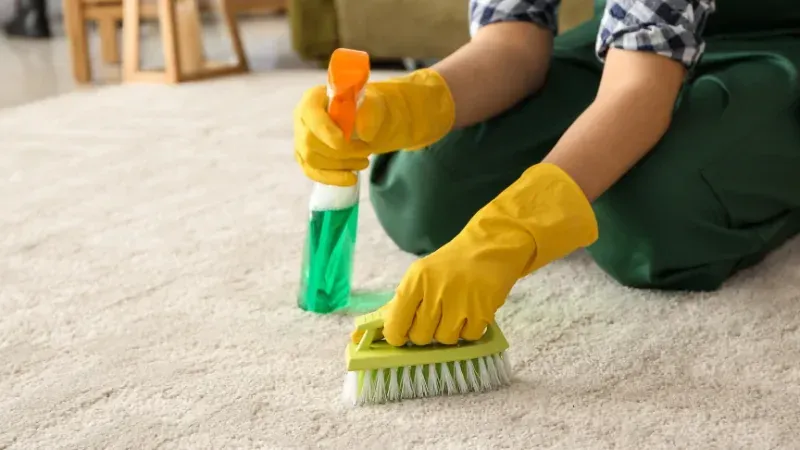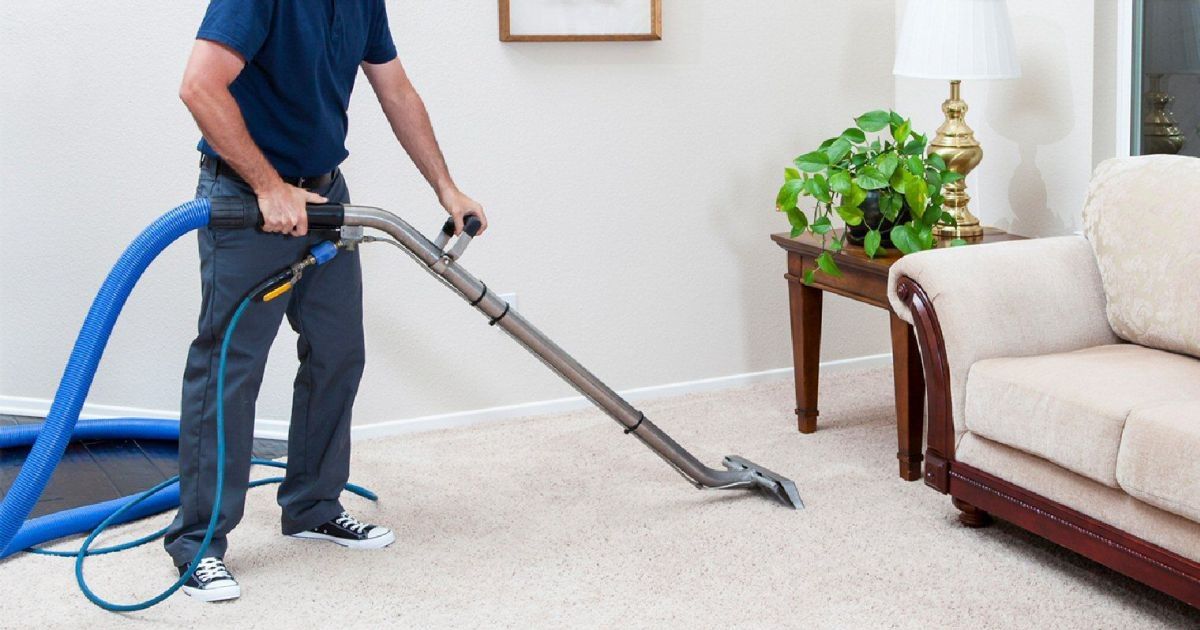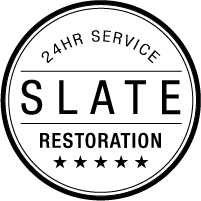Extracting Water from Carpet: A Comprehensive Guide



Introduction
Water damage to carpets can be a homeowner's nightmare. Whether it's due to flooding, a burst pipe, or an over-enthusiastic pet, knowing how to effectively extract water from carpet is crucial. This guide will walk you through the necessary steps and tips to restore your soaked carpet to its former glory.
Assess the Situation
The first step in dealing with water damage is assessing the extent of the problem. Determine whether the water is clean, gray, or black, as this will affect the cleaning process. Check for areas with wet carpets or completely soaked sections that might require more intensive drying methods. Identifying the type and extent of water damage early helps in planning the most effective restoration strategy.
Safety Precautions
Before you start, ensure the area is safe. Turn off any electrical sources to avoid electrocution and wear protective gear if necessary. Water and electricity are a dangerous combination, especially when dealing with a flooded carpet. Wearing protective gear can prevent potential injuries from sharp objects or contaminants in the water.

Remove Excess Water
Use a wet vacuum to remove as much standing water as possible. This step is crucial in preventing further damage and mold growth. A wet dry vac can be especially effective in sucking up water quickly from the carpet. Ensure you go over the area several times to extract as much water as possible, paying special attention to corners and areas under furniture.
Use Baking Soda
Sprinkle baking soda over the wet area to help absorb moisture. Leave it for several hours before vacuuming it up. Baking soda not only absorbs moisture but also helps to neutralize odors that may develop due to the dampness. After letting it sit, use a vacuum cleaner to remove the baking soda along with any remaining moisture it has absorbed.
Professional Help
In severe cases, consider hiring a professional carpet cleaning company. Professional carpet cleaners have specialized equipment that can handle large-scale water extraction and drying. These professionals can assess the situation more accurately and provide solutions that might be beyond the scope of DIY efforts. Their expertise ensures that the carpet is not only dried but also treated to prevent mold growth and other potential issues.
Drying the Soaked Carpet
Promote air circulation by opening windows and using fans to help dry the carpet faster. Open windows and doors to increase the flow of fresh air. If available, use air movers or high-powered fans to create a strong airflow across the carpet's surface. Proper airflow is essential to prevent mold and mildew growth, as stagnant air can cause moisture to linger in the carpet fibers.
Use dehumidifiers to reduce moisture in the air. Place multiple dehumidifiers around the affected area to maximize moisture removal. Dehumidifiers draw moisture out of the air, which can significantly speed up the drying process and reduce the risk of mold and mildew growth. Regularly check and empty the dehumidifier's water collection container to maintain its efficiency.
Increase the room temperature to aid in the evaporation of water. Portable heaters can be very effective in this process. Use a combination of heaters and fans to create a warm, dry environment. Position the heaters around the perimeter of the room, directing warm air towards the wet carpet. The increased temperature will help evaporate the water, making it easier for dehumidifiers and fans to remove the moisture.
Remove and replace carpet padding if it is soaked, as it is difficult to dry and can harbor mold. Carpet padding acts like a sponge, absorbing a significant amount of water. If the padding remains wet, it can lead to mold and mildew growth, which can affect the carpet above. Carefully lift the carpet and remove the wet padding, then replace it with new, dry padding to ensure the carpet dries thoroughly and stays mold-free.
Cleaning the Carpet
Steam Cleaning
Once the carpet is dry, a steam cleaner can help sanitize it and remove any remaining dirt. Steam cleaning uses hot water extraction to deeply clean the carpet after a flood, removing dirt, bacteria, and allergens. This method is effective in restoring the carpet's appearance and ensuring it is hygienic. Be careful not to overuse steam cleaning to avoid excess moisture.
Preventing Mold and Mildew
Regular Inspection
Regularly inspect the carpet for signs of mold or mildew and address any issues immediately. Check areas that are prone to moisture accumulation, such as corners and spots under furniture. Use a flashlight to spot any discoloration or damp patches. Early detection is key to preventing a minor issue from becoming a major problem.
Use of Mold Inhibitors
Apply mold inhibitors to the carpet to prevent future growth. These products can be sprayed directly onto the damp carpet and are designed to kill mold spores and prevent them from spreading. Ensure the carpet is dry before application and follow the manufacturer’s instructions for the best results. Mold inhibitors can provide a protective barrier against molds and mildews.
Dealing with Stubborn Water Damage
Trapped Moisture
For areas with trapped moisture, use specialized tools like a water extractor or carpet cleaner. Water extractors are highly effective in removing deep-seated moisture that standard vacuums can't reach. For best results, work in small sections and go over each area multiple times. Carpet cleaners with powerful suction can also help pull moisture from deep within the carpet fibers.
Dealing with Wet Carpets
Wet carpets can be a major problem if not addressed quickly. After extracting as much water as possible with a wet vacuum or wet dry vac, it's important to move on to the drying process. Using baking soda and promoting air circulation can help speed up the drying process and prevent mold growth. Ceiling fans can enhance air flow and ensure that the fresh air reaches all areas of the carpet.
Handling Slightly Damp Carpets
Even if your carpets are only slightly damp, it's crucial to address the moisture. Leaving carpets damp can lead to mold and mildew growth. Use a combination of dehumidifiers, heaters, and fans to ensure that the carpet and underlying padding are entirely dry. In cases where the carpet is sopping wet, use dry towels and a hair dryer to remove excess moisture.
Addressing Water Out of Carpet
Sometimes, it might seem like you've removed all the water out of the carpet, but some areas can still be damp. Check these wet areas thoroughly. Use specialized tools like wet vacs and water extractors to ensure no moisture is left behind. This is especially important in corners and under heavy furniture where water might remain trapped.
Using Mold Inhibitors
Preventing mold is crucial when dealing with wet carpets. Apply mold inhibitors to the carpet to prevent future growth. These products can be sprayed directly onto the wet carpeting and are designed to kill mold spores and prevent them from spreading. Ensure the carpet is dry before application and follow the manufacturer’s instructions for the best results.
Managing Wet Areas and Humid Air
Wet areas in your home can create humidity, which can slow down the drying process. Use dehumidifiers and air movers to manage humidity levels and promote faster drying. Regularly check the progress and move the equipment around to target different sections of the carpet effectively.
Toilet Overflow and Burst Pipes
Water damage can also result from a toilet overflow or burst pipes. In such cases, it's important to act quickly to prevent extensive damage. Shut off the water supply immediately and begin the extraction process as outlined above. For water damaged carpets due to toilet spill, ensure that you sanitize the area thoroughly to prevent bacterial growth.
Purchasing Supplies from a Local Hardware Store
If you're handling the water extraction process yourself, you may need supplies like wet vacs, dehumidifiers, or mold inhibitors. Your local hardware store will have the necessary equipment and cleaning agents. They can also provide advice on the best products to use for your specific situation.
Handling Completely Saturated Carpets
Completely saturated carpets require more intensive care. Begin by removing as much water as possible with a wet vacuum or water extractor. Then, follow up with dehumidifiers and fans to dry the remaining water. Ensure that the carpet pad is also dry or replace it if necessary.
Professional Services
If the damage is extensive, professional services might be necessary to fully restore the carpet. Professional carpet cleaning companies have advanced equipment and expertise to handle severe water damage. They can perform a thorough assessment, extract water, dry the carpet, and treat any mold or mildew issues. Hiring professionals can save time and ensure the carpet is restored to its original condition.
Final Steps
Final Inspection
Conduct a final inspection to ensure the carpet is completely dry and free from mold or mildew. Check all areas, especially those that were most affected by water. Use a moisture meter to detect any hidden dampness within the carpet and padding. If any areas are still damp, continue drying them using fans, dehumidifiers, or heaters until completely dry.
Restoration Certification
Consider obtaining a restoration certification to verify that your carpet has been properly cleaned and restored. This certification can be provided by professional restoration services and serves as proof that the carpet has undergone thorough cleaning and drying processes. It can be especially useful for insurance claims or when selling your home.
Conclusion
Extracting water from a carpet requires prompt action and the right techniques. By following these comprehensive steps and tips, you can minimize damage and ensure your carpet remains in good condition. Proper drying, cleaning, and regular inspections will help maintain the carpet's appearance and hygiene, protecting your investment and ensuring a healthy living environment.
